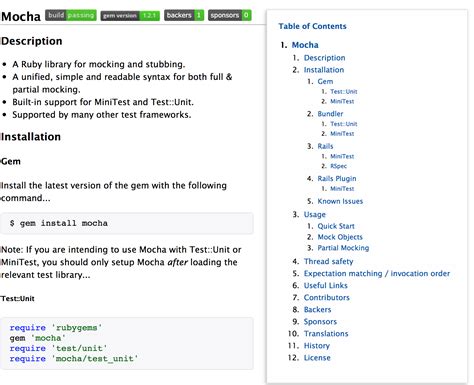In the vast landscape of software development, the usage of mocks in testing often sparks intense debates. Despite its popularity, mocking is sometimes dismissed as an antipattern. However, as with many engineering practices, the effectiveness of mocking—like other forms of testing—depends largely on how and when it is implemented. Rather than taking a rigid stance against mocking, a nuanced approach can render it an invaluable part of your testing arsenal.
The primary critique often levied against mocking is its purported inadequacy in covering edge cases. Imagine testing an `IOService` that interacts with a database. The real challenge here isn’t simply in mocking the service, but ensuring that the mock accurately represents the myriad edge cases that the real service encounters. When a mock does not faithfully recreate these edge conditions, such as handling non-existent records or multiple returned results, the test may end up validating a scenario quite different from production conditions. This underscores the necessity of creating sophisticated, meticulously-designed mocks that account for these edge cases.
The simplicity of mocks lies in their ability to control test environments and run tests under very specific conditions. This reproducibility is invaluable—especially when debugging is involved. Nevertheless, there’s a persuasive argument for balancing unit tests (which often involve mocks) with solid integration tests. While unit tests isolate components and remove variables, integration tests validate the system’s overall behavior. An optimal testing strategy should strike the right balance between the two. As mentioned by one user, integration tests can sometimes cover the same happy path scenarios as unit tests. This illustrates the importance of not only running integration tests but ensuring they encompass a comprehensive range of scenarios, including potential failure points and edge cases.
The advent of containerization technologies, such as Docker, offers a compelling alternative to mocking. Spinning up a real PostgreSQL instance for your tests is more feasible than ever, thanks to these tools. Containerizing dependencies like databases or external APIs can not only improve test reliability but also ensure that the tests are running against an environment indicative of production. This has the distinct advantage of mitigating discrepancies between test and prod environments—a source of many elusive bugs. This approach, however, must be weighed against the additional overhead it introduces, both in terms of setup complexity and potential slowdown in CI pipelines.
However, mocking should not be entirely discarded. In fact, mocks can significantly accelerate test runs, especially when dealing with large codebases that would otherwise take much longer to validate against real dependencies. For example, mocks are useful in creating conditions that might be difficult or time-consuming to reproduce with real services, such as specific error states or timeout conditions. This is why, despite criticisms, many seasoned developers still find value in using mocking frameworks for targeted unit tests. Tailoring mocks that reflect these complex scenarios ensures that unit tests retain their relevancy and robustness.
To mitigate some of the common pitfalls of over-mocking, consider leveraging dependency injection (DI) and hexagonal architecture principles. Codebases designed with DI in mind often remain flexible and easier to test, as dependencies can be swapped out seamlessly. This allows you to substitute real service calls with mocks or stubs when necessary, without tightly coupling your tests to specific implementations. Additionally, adopting test-driven development (TDD) practices can naturally lead you towards a more modular and decoupled code structure. This not only facilitates better testing but also encourages more maintainable and adaptable code designs.
In conclusion, declaring mocking as an antipattern could be an overgeneralization. Mocks, when utilized judiciously and in conjunction with other testing strategies, can bridge gaps that other forms of testing may leave exposed. The key lies in understanding their limitations and leveraging them where most appropriate. For instance, while mocking can isolate and verify logic, integration and end-to-end tests ensure the system-wide functionality is intact. Embracing a comprehensive, layered approach to testing—one that includes but is not limited to mocking—will most certainly yield more reliable software and a more resilient development process.


Leave a Reply